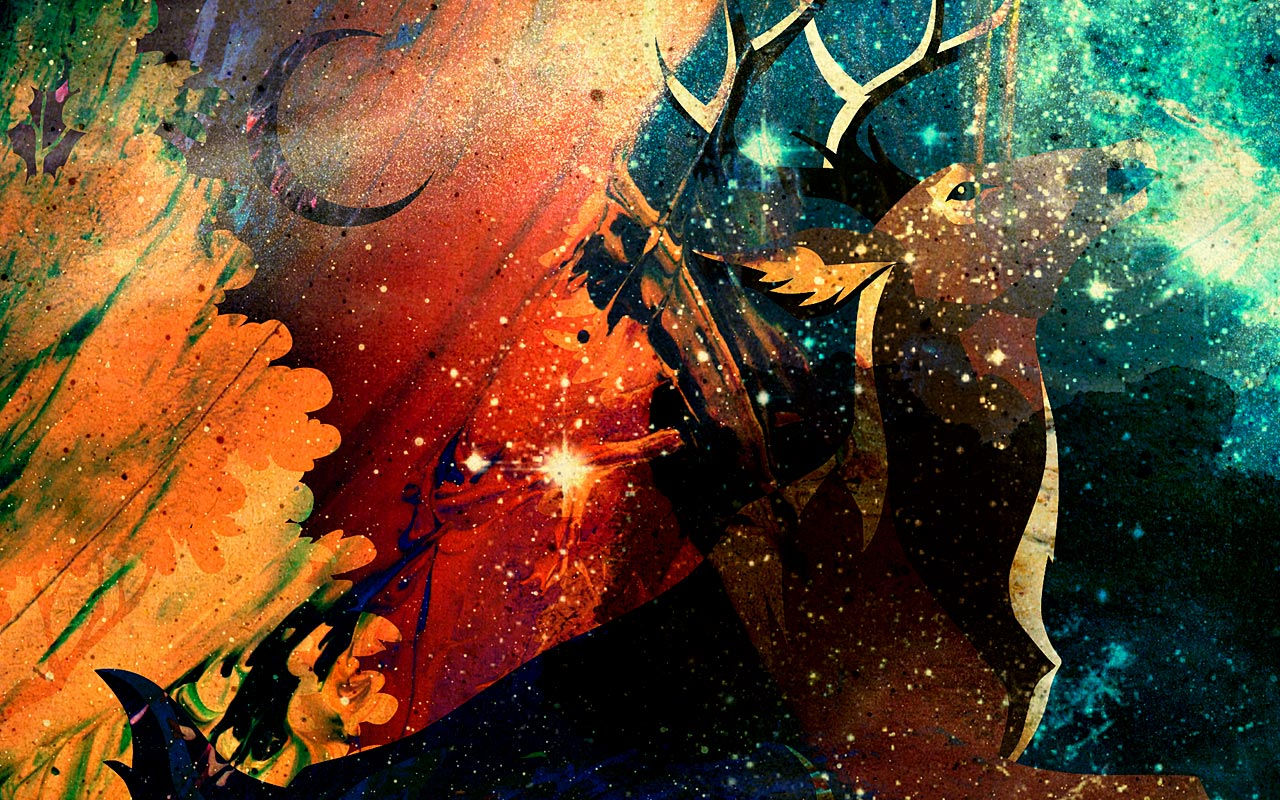Exploring Anime Studies: Understanding the Cultural and Academic Impact of Japanese Animation
- torinaga11
- Jan 29
- 3 min read

Anime, Japan’s globally celebrated form of animation, has evolved from niche entertainment to a significant cultural phenomenon. Its vibrant stories, complex characters, and unique artistic styles captivate audiences worldwide. Beyond entertainment, anime has become a subject of academic inquiry, giving rise to a field known as Anime Studies. This blog explores the origins, themes, and cultural significance of anime while shedding light on its academic exploration and the insights it offers into contemporary society.
The Evolution of Anime: From Entertainment to Cultural Artifact
Anime’s roots trace back to the early 20th century when Japan’s filmmakers began experimenting with animation inspired by Western techniques. By the 1960s, series like Astro Boy (Tetsuwan Atom) popularized anime as a distinct medium. Over the decades, anime has grown into a multi-billion-dollar industry, influencing global pop culture.
Key milestones in anime history include:
The Emergence of Genres:
Anime spans genres such as mecha (Gundam), shōnen (Naruto), shōjo (Sailor Moon), and seinen (Attack on Titan), offering diverse content for audiences of all ages.
The Golden Era of the 1980s and 1990s:
Iconic films like Akira and Ghost in the Shell showcased anime’s potential for mature storytelling, earning international acclaim.
Globalization and Streaming:
Platforms like Netflix and Crunchyroll have made anime accessible to global audiences, fueling its popularity and academic interest.

Anime Studies: A Multidisciplinary Approach
Anime Studies is an interdisciplinary field that examines anime as a cultural, social, and artistic phenomenon. Scholars analyze anime from perspectives such as:
Cultural Representation:
Anime reflects Japanese society, traditions, and values. Themes like collectivism, honor, and the tension between modernity and tradition are recurring motifs.
Gender and Identity:
Anime often challenges conventional norms, exploring themes of gender fluidity (Revolutionary Girl Utena), LGBTQ+ representation (Yuri on Ice), and identity crises (Neon Genesis Evangelion).
Aesthetic and Narrative Innovation:
Anime’s visual style and storytelling techniques, such as non-linear narratives and symbolic imagery, distinguish it as an art form worthy of academic analysis.
Global Impact:
The influence of anime on global media, including its integration into Western storytelling and aesthetics, highlights its cultural significance.
Themes and Motifs in Anime
Anime is celebrated for its depth and complexity, often addressing universal themes that resonate across cultures:
Coming-of-Age:
Stories like My Neighbor Totoro and Your Name explore personal growth and the transition from adolescence to adulthood.
Dystopia and Futurism:
Titles like Akira and Psycho-Pass critique societal issues through dystopian settings.
Mythology and Spirituality:
Inspired by Shinto and Buddhist traditions, anime like Spirited Away blends mythology with contemporary narratives.
Environmentalism:
Studio Ghibli films such as Princess Mononoke emphasize the importance of harmony between humanity and nature.

Anime in Academia
Anime has gained recognition as a valuable academic subject, appearing in university courses and research worldwide. Key areas of study include:
Media and Communication:
Exploring how anime influences and reflects societal values and communication trends.
Cultural Studies:
Analyzing anime as a cultural export that shapes perceptions of Japan abroad.
Psychology and Philosophy:
Examining existential themes in anime, such as the nature of consciousness in Ghost in the Shell.
Art and Design:
Studying anime’s unique animation techniques and their impact on visual storytelling.

The Global Influence of Anime
Anime’s global impact is undeniable. Its storytelling has inspired countless creators, from Hollywood directors to video game developers. Popular franchises like Pokémon and Dragon Ball have become cultural staples, transcending linguistic and geographical barriers.
Key factors contributing to anime’s global success include:
Universal Themes:
Anime addresses emotions and experiences that resonate across cultures.
Cultural Hybridization:
The fusion of Japanese and global elements in anime appeals to diverse audiences.
Fandom and Community:
Anime conventions, fan art, and cosplay foster a sense of community, driving its popularity worldwide.
Anime Studies offers a fascinating lens through which to understand the cultural, social, and artistic significance of Japanese animation. As anime continues to captivate audiences and inspire academic inquiry, it solidifies its place as both an entertainment powerhouse and a vital subject of study. Whether you’re a casual fan or a scholar, exploring the world of anime is a journey into creativity, identity, and the shared human experience.
#AnimeStudies #JapaneseAnimation #AnimeCulture #CulturalImpact #GlobalPhenomenon #AnimeArt #AnimeHistory #AnimeThemes #AcademicResearch #JapaneseCulture #AnimeFans #CulturalStudies #AnimationIndustry #AnimeInfluence #Storytelling #AnimePhilosophy #AnimeFandom #MediaStudies #VisualStorytelling #AnimeCommunity


Kommentare